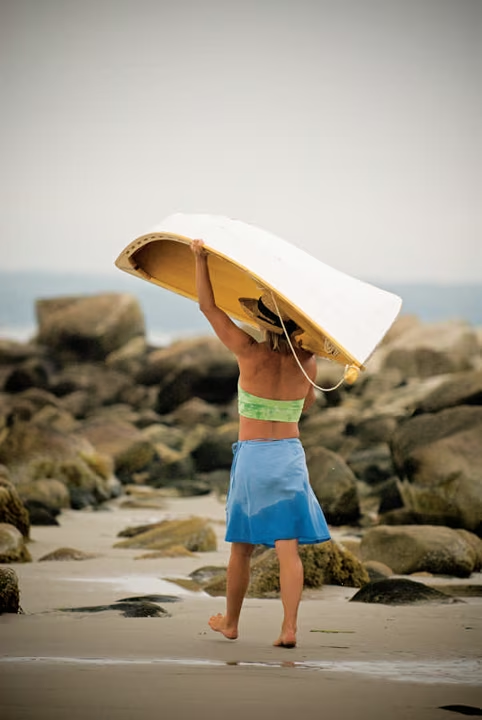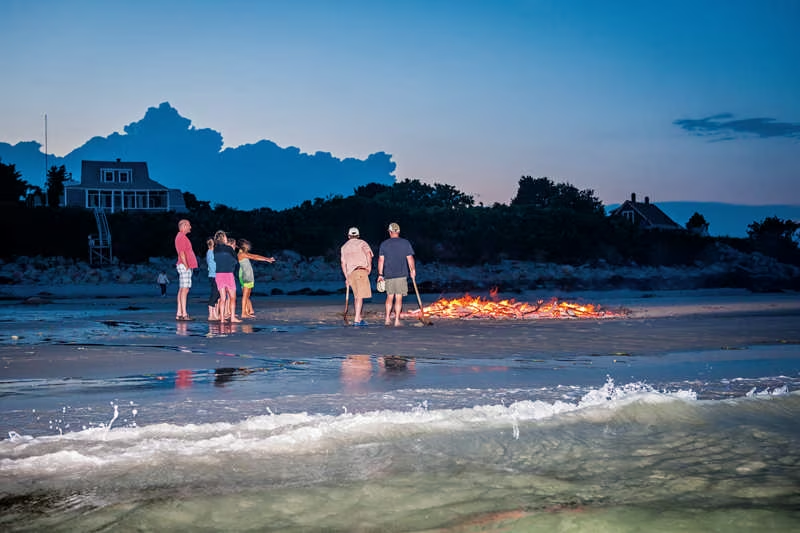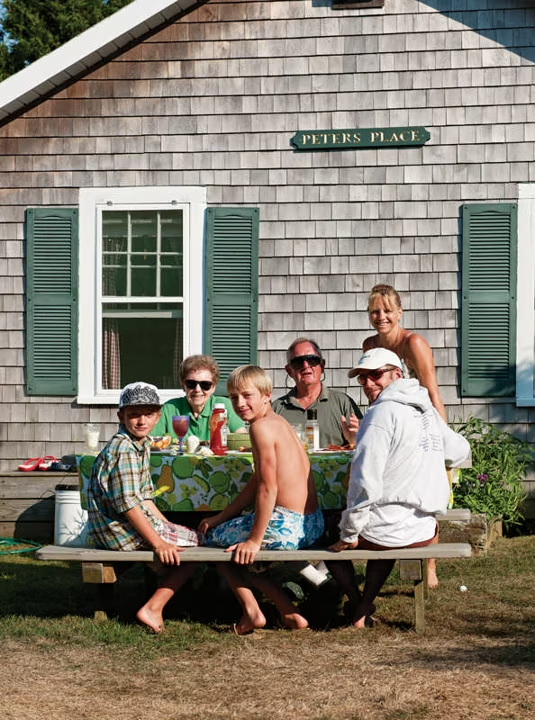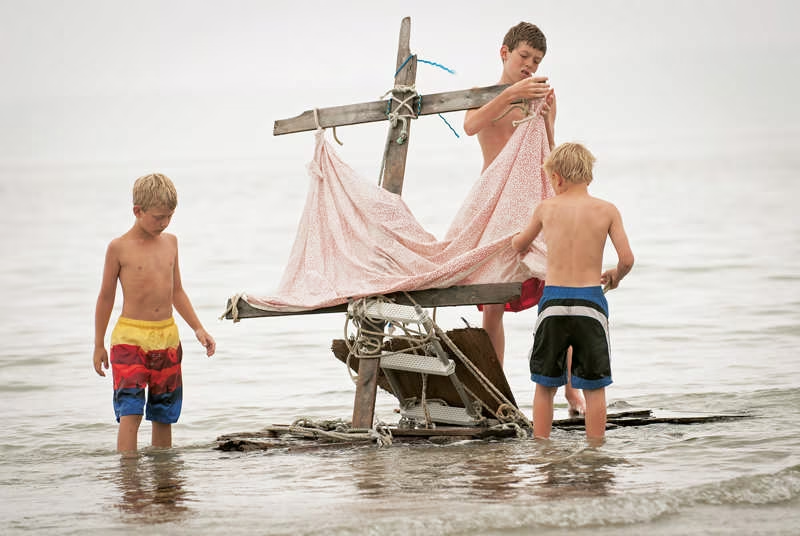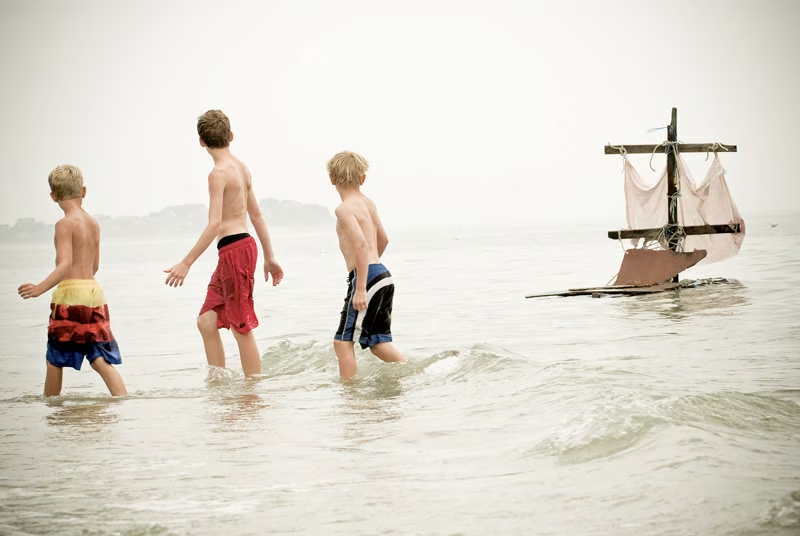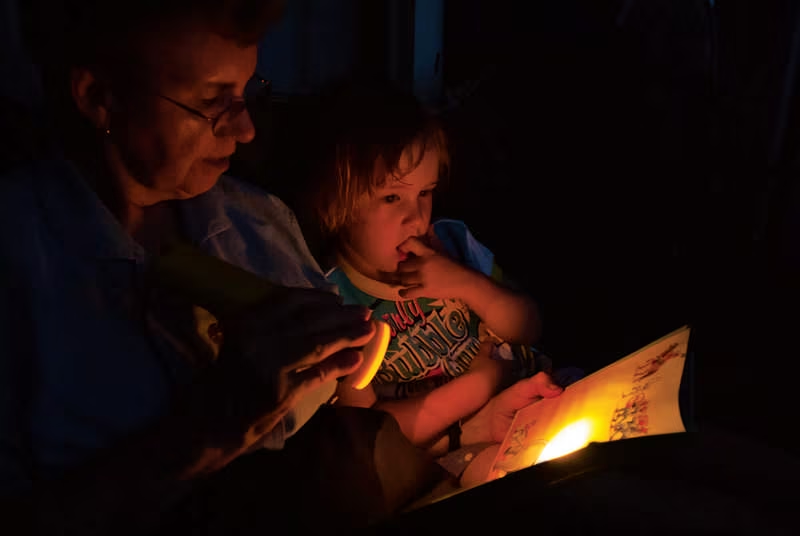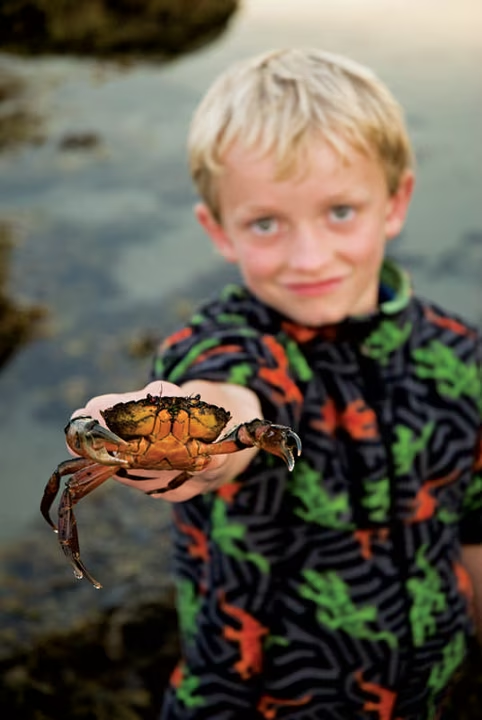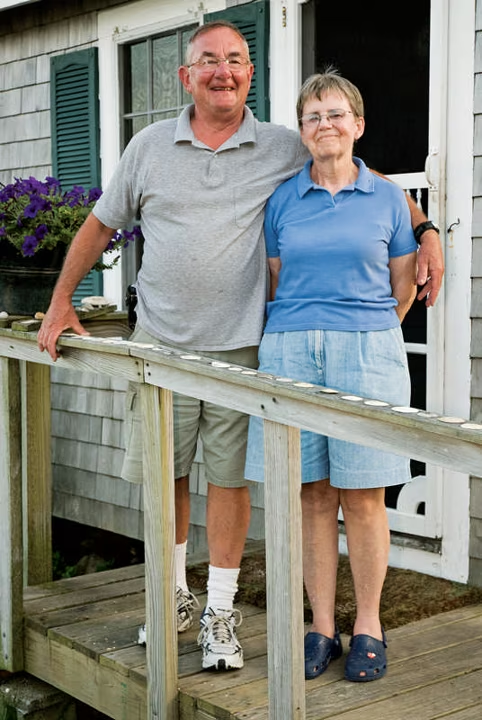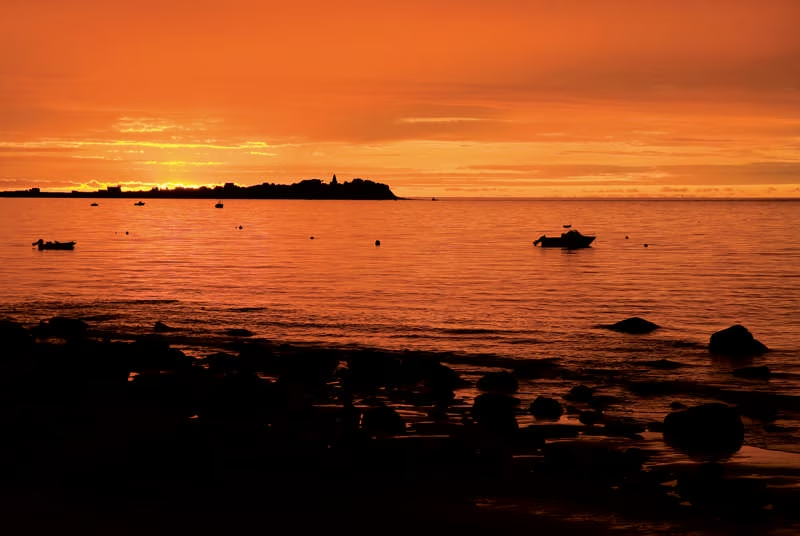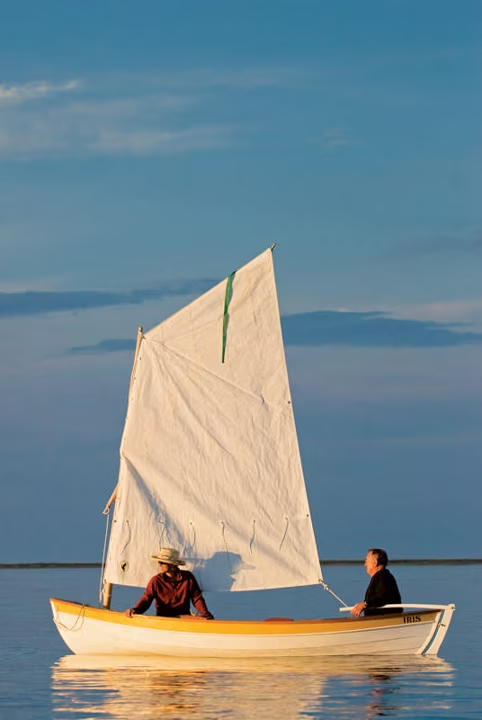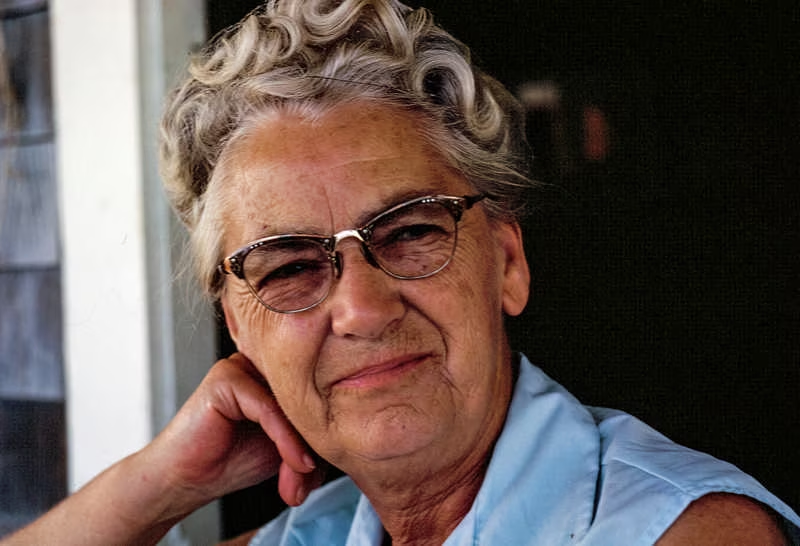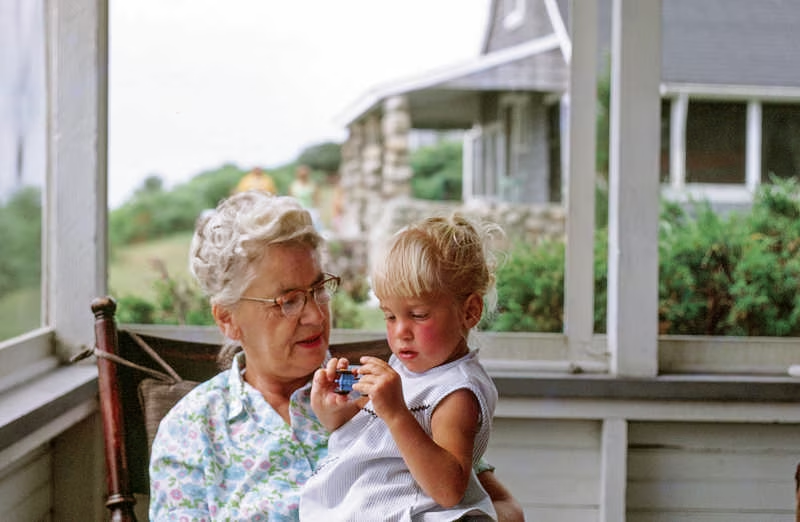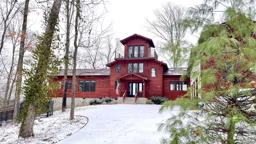This seaside cottage is a gift.
Story & photos by Heidi Long

Lying in the cottage, before I even open my eyes, I smell salt air and damp cedar. Muffled boat engines grumble as lobstermen pull their pots. There’s no switch to flip for light. I dress in the dark and step outside, careful not to slam the wood screen door. Dew runs down the cedar shingle siding, hangs heavy on the clothes on the line and thickens the grass through which I wade barefoot. I follow the persistent call of seagulls and breaking waves. As the sky gradually lightens, I sink my toes in the sand heading toward the lighthouse.

The scent of wild rose mingles with sea grass. Sandpipers drill for breakfast. I find sand dollars and starfish in the receding tide and look for seals when I reach the point. Each morning, the scene varies. This place is a gift. Thirty-four wooden steps above the ocean, Peter’s Place sits atop a bluff on Saquish, a narrow, boot-shaped peninsula where the Pilgrims landed just days before they set off across the bay to Plymouth, Mass.
 Cottage legacy
Cottage legacy
I’ve been coming to this summer cottage with my husband, Dave, since marrying into the Long family 12 years ago. My sons and their cousins are the fourth generation to gorge themselves on feral raspberries, dig quahogs in Duxbury Bay, pull lobster pots, stalk stripers, swim, and dam off tide pools in the New England sunshine. Max and Sam explore Saquish with the children of Dave’s childhood friends. At high tide, my niece and nephew, Iris and Micah, propel themselves from the same “Diving Rock” from which their grandmother dove.
Back to basics
There are no phone lines, TV or cable service. The propane lights flicker and pop. A black drum on the roof of the garage supplies hot water to the outdoor shower on sunny days and a reason to forego bathing when it’s cloudy. A washbasin sits on the antique dresser in the latrine connected to the garage. When three generations of family converge on this one-bedroom cottage, we sleep on the porch, in the bedroom, the living room, the garage and even the shed. These are not inconveniences; it’s what draws and keeps us coming back. There’s a history here that goes back even farther than the penciled slashes rising up the backside of the porch door recording the names and growth marks of Ann and Larry Long’s four children and six grandchildren.



Dave’s parents, Ann and Larry, sit on the front porch each morning reading The Boston Globe and The Wall Street Journal. These are often borrowed periodicals passed along from whoever’s most recently made the 7-mile, 45-minute one-way trip to Duxbury along the rutted road, over the beach at low tide, across to the back at high tide, through the marsh, up onto Gurnet, past the sand dunes of the front beach, then finally across the Powder Point Bridge which has served this peninsula since 1892.
 The beginning
The beginning
For generations, the only way onto Saquish was by watercraft, usually a lobsterman’s boat. In 1929, when Mom’s parents, the Cruikshanks, arrived for their first summer rental, that lobsterman was Russ Harlow, “Skipper.” After meeting his fares at Plymouth dock, Skipper brought them across the bay in his self-made dory, then ferried his passengers up to the beach on his back. Skipper Harlow’s history on the island dates back to 1909, when his parents built the family house. In the late 1920s, Skipper salvaged a storm-beached freight barge and turned it into a cottage, “The Alice,” behind his parents’ house. Around that time, the Harlows’ next door neighbor, a man named Mr. Luce, surprised his new wife with a gift: a cottage on the beach. She hated it and refused to return. Skipper bought it before she came to her senses. That third cottage is the one mom’s family rented seasonally for over two decades, and this triad of Harlow cottages has became as enmeshed in our family history as the lobsters in Harlow’s pots. The Cruikshanks returned from their first Saquish rental at the end of the summer just before the stock market crashed, heralding the start of the Great Depression. A photographer by trade, and frugal by nature, Grampie Cruikshank somehow managed to scrimp together the funds to return to Saquish year after year despite the shrinking economy and his expanding family. Both mom, and her older brother, Peter grew up coming to Saquish each summer.


A cottage gift
During the summers of his late high school and college years, Peter worked for Skipper pulling lobster pots, maintaining the cottages, and helping him build boats in the garage. For two months every year, Skipper watched the boy slowly grow from infant to independent man.

Just two years after he’d married, Peter succumbed to cancer. Skipper commemorated the young man by giving Grammie Cruikshank the deed to the cottage where her son and family had visited each of his 24 years: Peter’s Place, a gift.
Long-standing traditions
Mom brought Dad to Peter’s Place the next year while they were courting. He fell in love with her and Saquish. Apparently, his parents concurred because shortly after Ann and Larry married in 1956, the elder Longs bought the original Harlow House from Skipper along with The Alice next door. The melded families reunited every summer. Dave and his three siblings – Steve, Bruce and Gretchen – capitalized on having two sets of grandparents side by side. They brought their flounder and striped bass to Grandma Long to filet and gorged themselves on Grammie Cruikshanks’ fried cake donuts kept tauntingly in a jar by the window.

Grampie Cruikshank taught the kids the merits of daily exercise long before it was fashionable, and they all pitched in to help Grandpa Long with his varied and continual Saquish projects. A couple years ago, Dave, Bruce and Steve helped their father rebuild the steps to the beach, five decades after Larry Long helped his father do the same. By chance, or maybe by osmosis, the tradition of boat-building started by Skipper Harlow in the garage at Peter’s Place passed onto Dad who began with a row boat and then expanded to include dories, canoes and sailboats. In one or more of these vessels, we paddle, row or sail over to Clark’s Island just beyond the back bay. Once ashore, we walk the stone-lined path to Pulpit Rock where the Pilgrims worshipped their first Sabbath ashore in America. “On the Sabbath Day Wee Rested 20 December 1620” is chisled into the 12-foot-high, 30-foot-long glacial boulder that makes Plymouth Rock look like a skipping stone.

Three hundred thirty-five years after the Pilgrims worshipped there a day before reaching Plymouth, Mom introduced Dad to Clark’s Island. Another 50 years later, my husband brought my sons and me. We ate peanut butter and fluff sandwiches in our shorts and t-shirts atop the rock that hosted the Pilgrim’s wintry service. Not long ago, the family gathered at Peter’s Place to celebrate Dad’s 80th birthday. We etched his traditional birthday card in the sand below the cottage. Both sets of grandparents have long passed away, but Dad’s sister and family now occupy the Harlow House and Alice next door. We ate stuffed clams, played croquet and mingled with lifelong Saquish friends and family. Every minute spent here is a gift. All eight-and-a-half decades of them.
Heidi Long shoots photographs and writes for fun AND pay. Her well-documented sons have been featured in regional and national publications as well as on their grandmother’s refrigerator.
 Lying in the cottage, before I even open my eyes, I smell salt air and damp cedar. Muffled boat engines grumble as lobstermen pull their pots. There’s no switch to flip for light. I dress in the dark and step outside, careful not to slam the wood screen door. Dew runs down the cedar shingle siding, hangs heavy on the clothes on the line and thickens the grass through which I wade barefoot. I follow the persistent call of seagulls and breaking waves. As the sky gradually lightens, I sink my toes in the sand heading toward the lighthouse.
Lying in the cottage, before I even open my eyes, I smell salt air and damp cedar. Muffled boat engines grumble as lobstermen pull their pots. There’s no switch to flip for light. I dress in the dark and step outside, careful not to slam the wood screen door. Dew runs down the cedar shingle siding, hangs heavy on the clothes on the line and thickens the grass through which I wade barefoot. I follow the persistent call of seagulls and breaking waves. As the sky gradually lightens, I sink my toes in the sand heading toward the lighthouse.  The scent of wild rose mingles with sea grass. Sandpipers drill for breakfast. I find sand dollars and starfish in the receding tide and look for seals when I reach the point. Each morning, the scene varies. This place is a gift. Thirty-four wooden steps above the ocean, Peter’s Place sits atop a bluff on Saquish, a narrow, boot-shaped peninsula where the Pilgrims landed just days before they set off across the bay to Plymouth, Mass.
The scent of wild rose mingles with sea grass. Sandpipers drill for breakfast. I find sand dollars and starfish in the receding tide and look for seals when I reach the point. Each morning, the scene varies. This place is a gift. Thirty-four wooden steps above the ocean, Peter’s Place sits atop a bluff on Saquish, a narrow, boot-shaped peninsula where the Pilgrims landed just days before they set off across the bay to Plymouth, Mass.
 Cottage legacy
Cottage legacy

 Dave’s parents, Ann and Larry, sit on the front porch each morning reading The Boston Globe and The Wall Street Journal. These are often borrowed periodicals passed along from whoever’s most recently made the 7-mile, 45-minute one-way trip to Duxbury along the rutted road, over the beach at low tide, across to the back at high tide, through the marsh, up onto Gurnet, past the sand dunes of the front beach, then finally across the Powder Point Bridge which has served this peninsula since 1892.
Dave’s parents, Ann and Larry, sit on the front porch each morning reading The Boston Globe and The Wall Street Journal. These are often borrowed periodicals passed along from whoever’s most recently made the 7-mile, 45-minute one-way trip to Duxbury along the rutted road, over the beach at low tide, across to the back at high tide, through the marsh, up onto Gurnet, past the sand dunes of the front beach, then finally across the Powder Point Bridge which has served this peninsula since 1892.
 The beginning
The beginning

 Just two years after he’d married, Peter succumbed to cancer. Skipper commemorated the young man by giving Grammie Cruikshank the deed to the cottage where her son and family had visited each of his 24 years: Peter’s Place, a gift.
Just two years after he’d married, Peter succumbed to cancer. Skipper commemorated the young man by giving Grammie Cruikshank the deed to the cottage where her son and family had visited each of his 24 years: Peter’s Place, a gift.
 Grampie Cruikshank taught the kids the merits of daily exercise long before it was fashionable, and they all pitched in to help Grandpa Long with his varied and continual Saquish projects. A couple years ago, Dave, Bruce and Steve helped their father rebuild the steps to the beach, five decades after Larry Long helped his father do the same. By chance, or maybe by osmosis, the tradition of boat-building started by Skipper Harlow in the garage at Peter’s Place passed onto Dad who began with a row boat and then expanded to include dories, canoes and sailboats. In one or more of these vessels, we paddle, row or sail over to Clark’s Island just beyond the back bay. Once ashore, we walk the stone-lined path to Pulpit Rock where the Pilgrims worshipped their first Sabbath ashore in America. “On the Sabbath Day Wee Rested 20 December 1620” is chisled into the 12-foot-high, 30-foot-long glacial boulder that makes Plymouth Rock look like a skipping stone.
Grampie Cruikshank taught the kids the merits of daily exercise long before it was fashionable, and they all pitched in to help Grandpa Long with his varied and continual Saquish projects. A couple years ago, Dave, Bruce and Steve helped their father rebuild the steps to the beach, five decades after Larry Long helped his father do the same. By chance, or maybe by osmosis, the tradition of boat-building started by Skipper Harlow in the garage at Peter’s Place passed onto Dad who began with a row boat and then expanded to include dories, canoes and sailboats. In one or more of these vessels, we paddle, row or sail over to Clark’s Island just beyond the back bay. Once ashore, we walk the stone-lined path to Pulpit Rock where the Pilgrims worshipped their first Sabbath ashore in America. “On the Sabbath Day Wee Rested 20 December 1620” is chisled into the 12-foot-high, 30-foot-long glacial boulder that makes Plymouth Rock look like a skipping stone.  Three hundred thirty-five years after the Pilgrims worshipped there a day before reaching Plymouth, Mom introduced Dad to Clark’s Island. Another 50 years later, my husband brought my sons and me. We ate peanut butter and fluff sandwiches in our shorts and t-shirts atop the rock that hosted the Pilgrim’s wintry service. Not long ago, the family gathered at Peter’s Place to celebrate Dad’s 80th birthday. We etched his traditional birthday card in the sand below the cottage. Both sets of grandparents have long passed away, but Dad’s sister and family now occupy the Harlow House and Alice next door. We ate stuffed clams, played croquet and mingled with lifelong Saquish friends and family. Every minute spent here is a gift. All eight-and-a-half decades of them. Heidi Long shoots photographs and writes for fun AND pay. Her well-documented sons have been featured in regional and national publications as well as on their grandmother’s refrigerator.
Three hundred thirty-five years after the Pilgrims worshipped there a day before reaching Plymouth, Mom introduced Dad to Clark’s Island. Another 50 years later, my husband brought my sons and me. We ate peanut butter and fluff sandwiches in our shorts and t-shirts atop the rock that hosted the Pilgrim’s wintry service. Not long ago, the family gathered at Peter’s Place to celebrate Dad’s 80th birthday. We etched his traditional birthday card in the sand below the cottage. Both sets of grandparents have long passed away, but Dad’s sister and family now occupy the Harlow House and Alice next door. We ate stuffed clams, played croquet and mingled with lifelong Saquish friends and family. Every minute spent here is a gift. All eight-and-a-half decades of them. Heidi Long shoots photographs and writes for fun AND pay. Her well-documented sons have been featured in regional and national publications as well as on their grandmother’s refrigerator.



